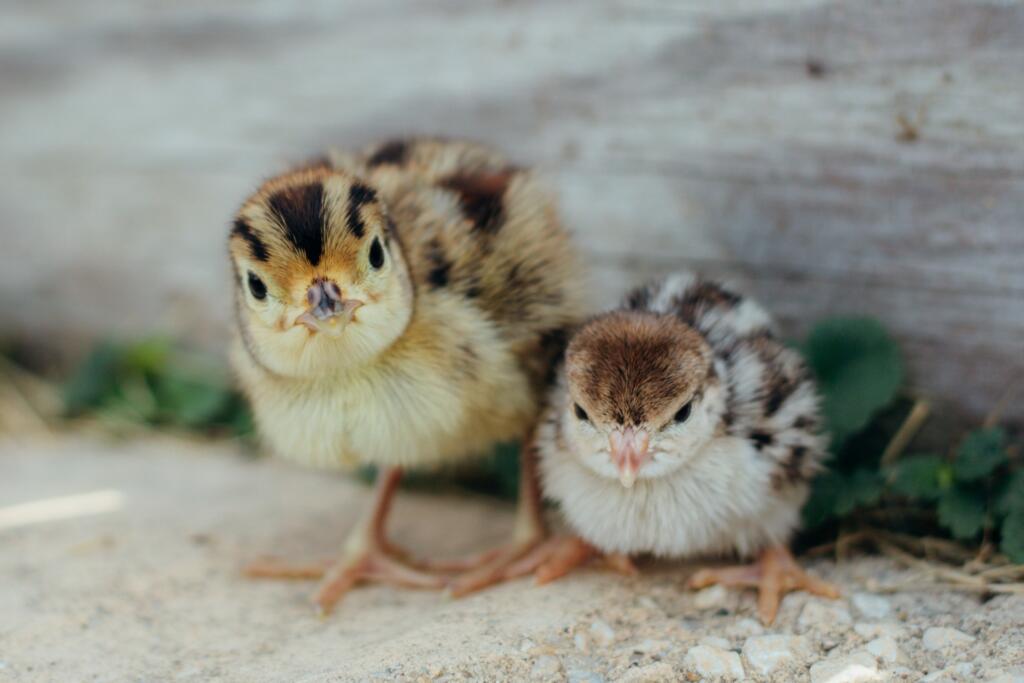Preparing Our Barns & Pens Each Spring
At MacFarlane Pheasant Farm, the arrival of each new season brings with it a fresh set of challenges and opportunities as we prepare our barns and pens for the incoming batches of pheasants. We’re committed to keeping things safe, clean, and running smoothly.
This post details our carefully crafted process for preparing our barns and pens each season for new pheasants while considering biosecurity, safety, and efficiency.
Challenges We Face Each Season
Each season, we take several measures in our barns and pens to maintain the health and safety of our pheasants. Some of the biggest concerns we have to address include the following.
- Biosecurity: Preventing the spread of disease is our top priority. Each batch of chicks requires a sanitized environment to thrive.
- Sanitizing: Cleaning and disinfecting barns and equipment thoroughly to eliminate pathogens is labor-intensive but crucial.
- Equipment Maintenance: Ensuring all equipment is in good working condition is essential for the well-being of the birds in both the barns and the pens.
- Predator Control: Outdoor pens must be meticulously maintained to keep predators at bay and ensure the birds’ safety.
 Key Steps in Barn Preparation & Design
Key Steps in Barn Preparation & Design
Cleaning and Disinfecting
We clean and disinfect our barns before the start of each season and between each batch of birds. This sanitation routine is critical to maintaining biosecurity and preventing disease outbreaks, ensuring that each new batch of chicks can thrive in a hygienic environment.
Some of the steps we take during this process include:
- Removing Used Bedding: After a group of pheasants moves out, we remove all used bedding. The bedding is repurposed in local fields.
- Washing and Disinfecting: We thoroughly wash and disinfect the barn and all equipment to ensure a pathogen-free environment.
- Repairs: Brooders, water systems, temperature alarms, and feed systems are inspected and repaired as necessary during this time. Ensuring everything works correctly is crucial to avoid issues later.
Barn Layout & Process
The design of our barns helps ensure our chicks’ health and well-being until they are ready to be moved outdoors. Each barn is divided into an A side and a B side.
Upon hatching, chicks are placed in the A side of the barn, where the environment is carefully controlled to provide optimal warmth, humidity, and ventilation, essential for their early development. This side of the barn is bedded with wood chips, and the chicks remain here for the first three weeks of their lives.
At around three weeks of age, the chicks are transitioned to the B side of the barn with straw bedding. This move is integral to their growth, as it offers a more spacious area and gradually acclimates them to less controlled conditions. While on the B side, the chicks continue to grow and develop robustly until they reach approximately seven weeks old when they are ready to be transferred to outdoor pens.
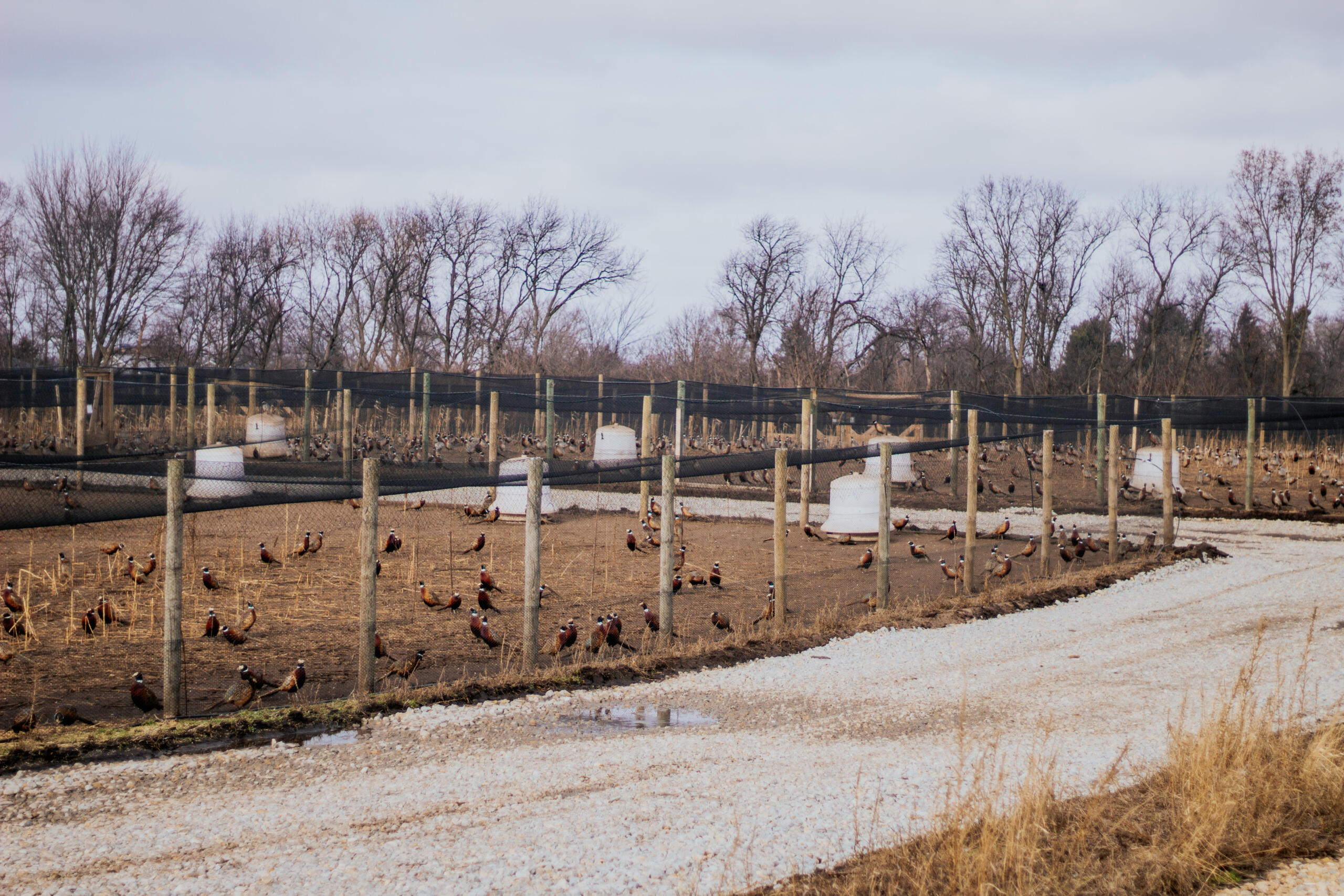 Key Steps in Pen Preparation
Key Steps in Pen Preparation
Early each Spring, we take the following steps to ensure our pens are ready for our pheasants.
- Mowing and Tilling: We mow the cover down and till the pens. If the pens have good cover, we only till the perimeter and a strip in the middle.
- Planting: Corn or milo is planted in low-cover pens during early spring.
- Weed Control: Each spring, before moving birds into the pens, we spray the paths and perimeter with herbicide to kill weeds. This practice helps prevent wear and tear on the fencing and improves overall safety.
- Removing and Repairing Feeders: Feeders and other equipment are removed, repaired, and washed before being reinstalled.
- Fixing Pen Structures: Each pen is inspected, and necessary repairs are made to doors, top covers, posts, and other structures to secure the birds year-round.
- Hut Placement: We place 4-5 huts in each pen. Depending on the pen’s size, one hut is placed in each corner, and an additional hut is sometimes placed in the center. These huts are filled with straw to provide shelter for the birds.
- Food Preparation: Cracked corn and food are placed into the huts to ensure the birds have an immediate food source upon moving in.
Healthy, Thriving Pheasants
At MacFarlane Pheasant Farm, we understand that the foundation of healthy, thriving pheasants starts with a clean, safe, and well-prepared environment. From biosecurity measures and sanitizing protocols to equipment maintenance and predator control, every step we take is designed to support the well-being of our birds.
Adhering to these rigorous preparation steps ensures that each new batch of chicks has the best possible start. Looking to order pheasant chicks or adult birds? Request a mature bird quote or order pheasant chicks online today.
Related Posts
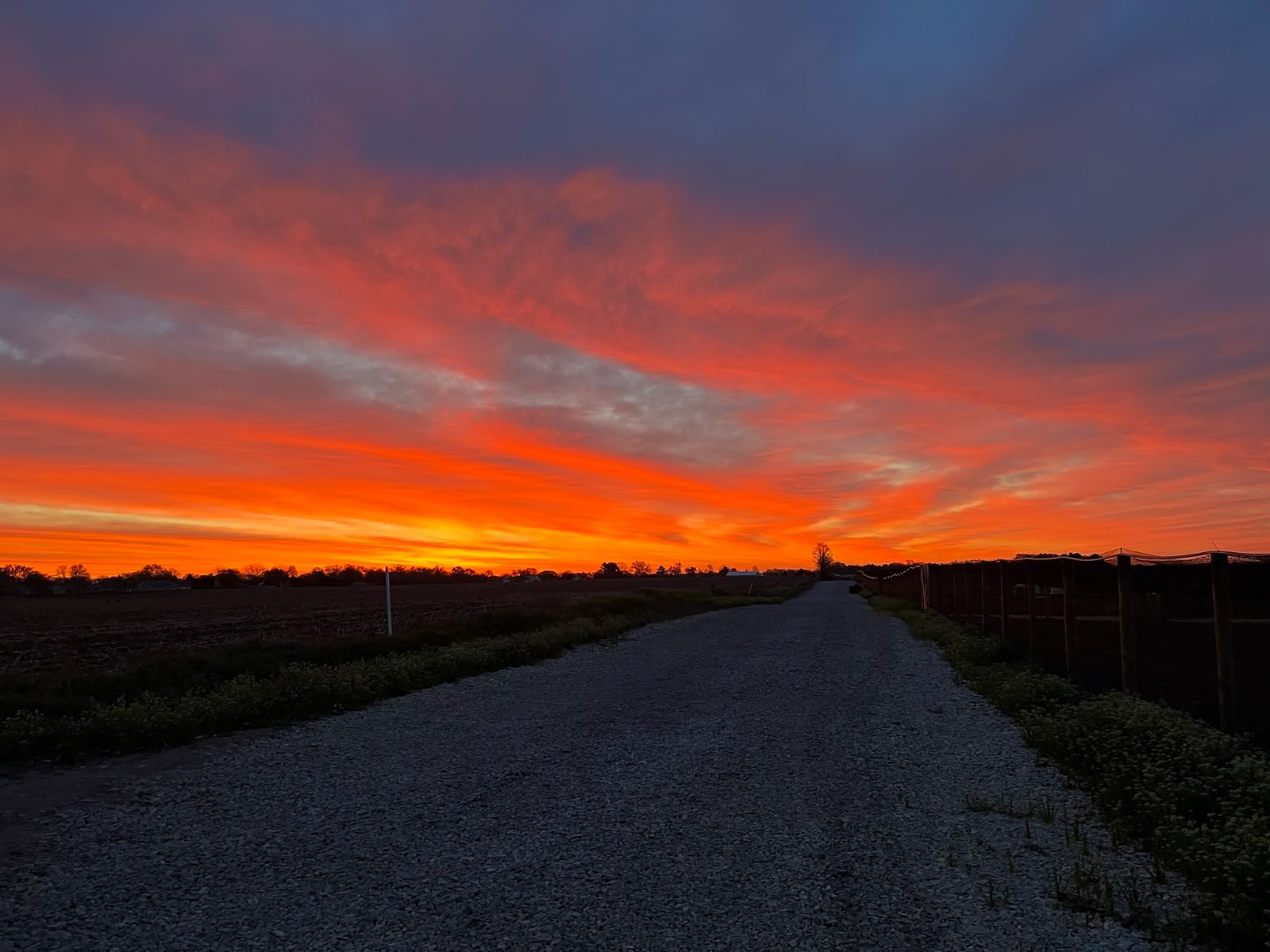
A Journey of Expansion: Jim Clark’s Legacy & Our New 16 Acres of Pheasant Pens
Read Post
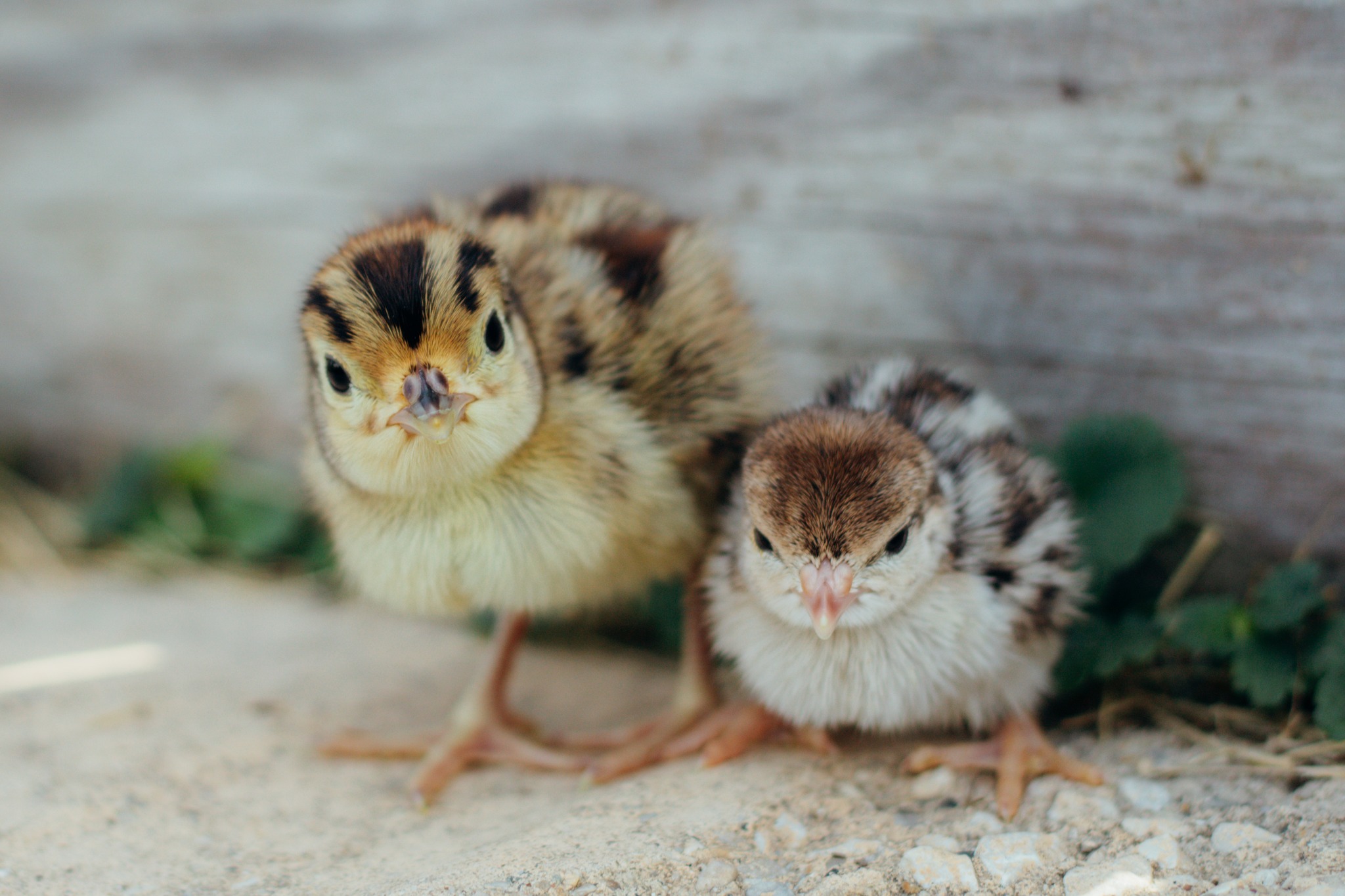
Shipping Chicks Safely During Cold Weather Months
Read Post
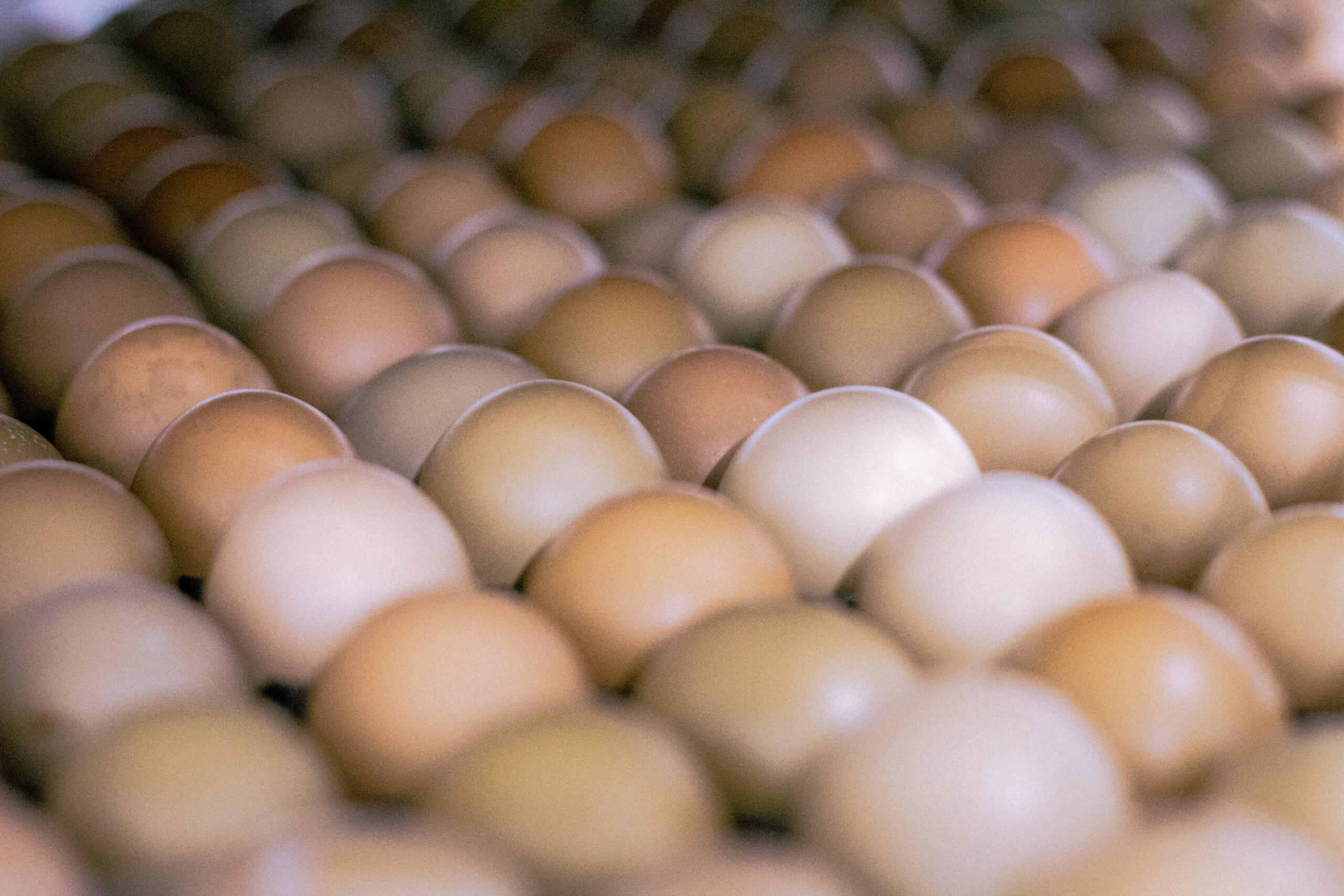
Incubation of Pheasant Eggs
Read Post
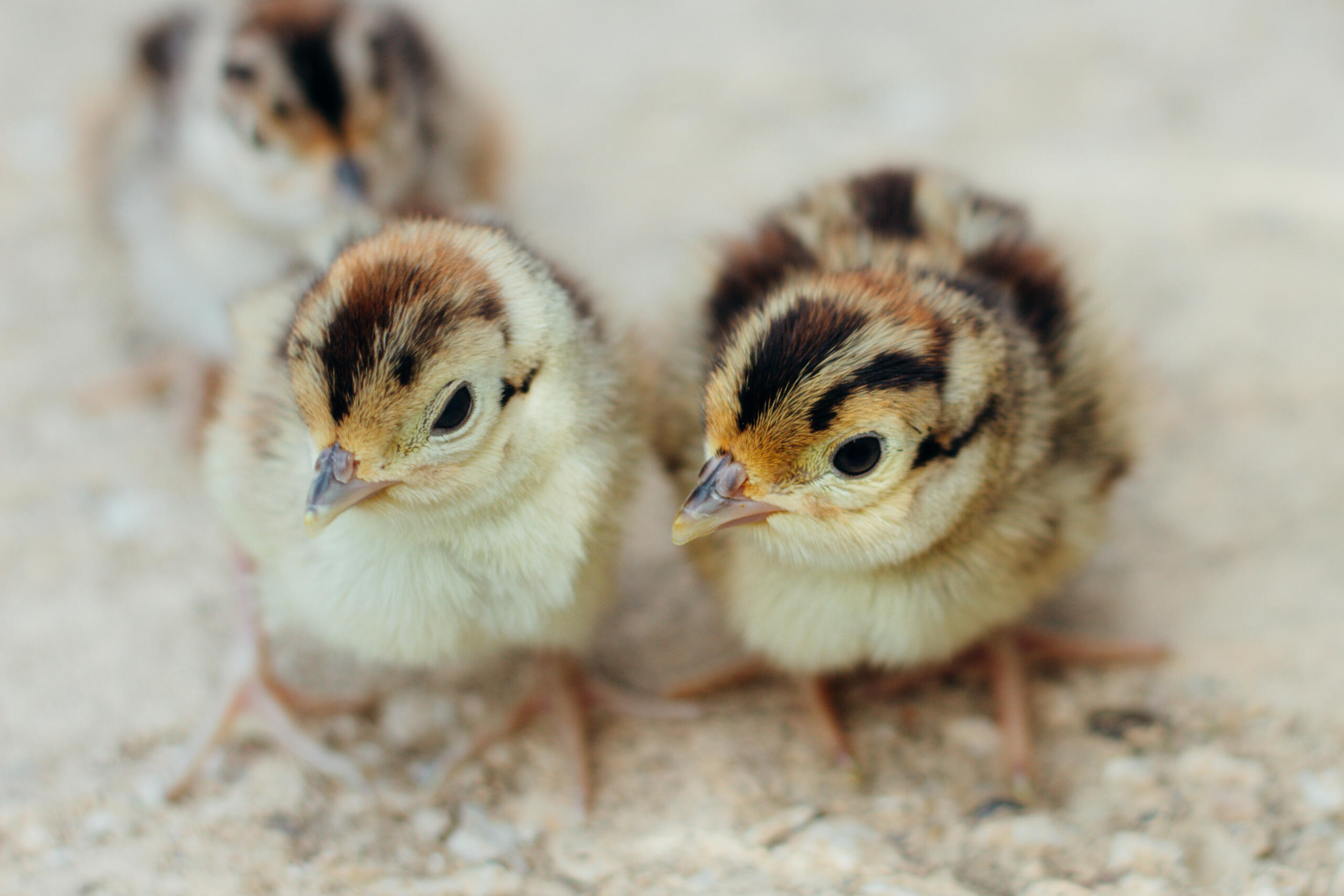
A Comparison of Hatch Data Between Two Different Genetic Types of Pheasants
Read Post
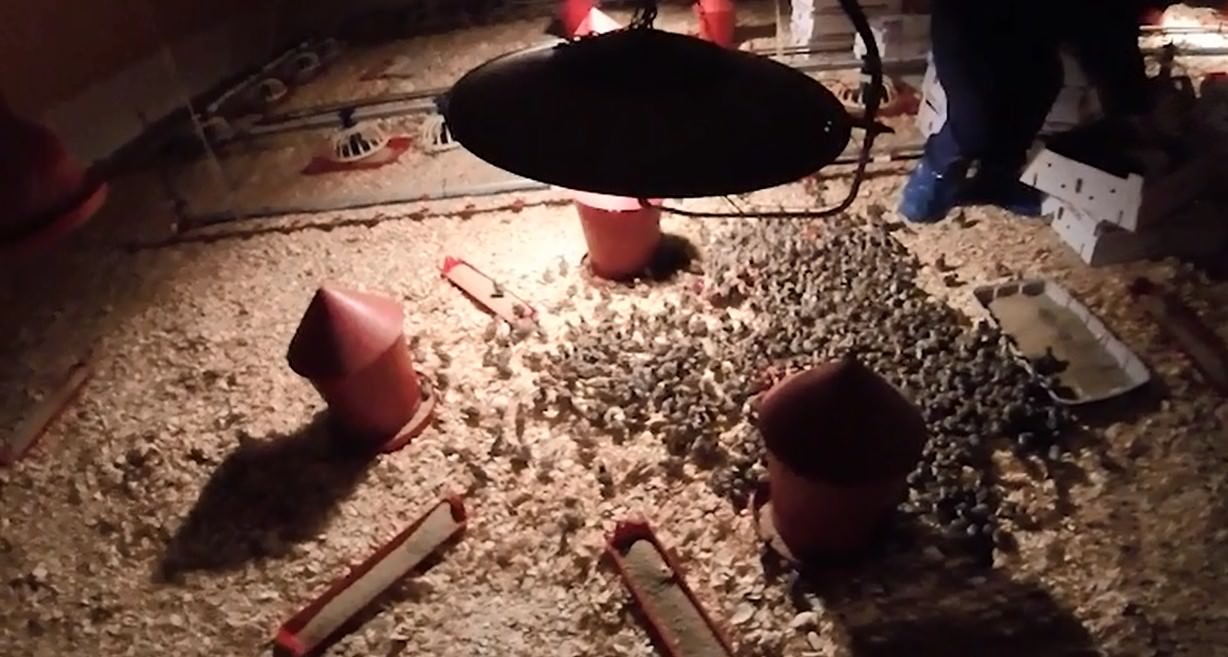
Interpreting Water Results
Read Post
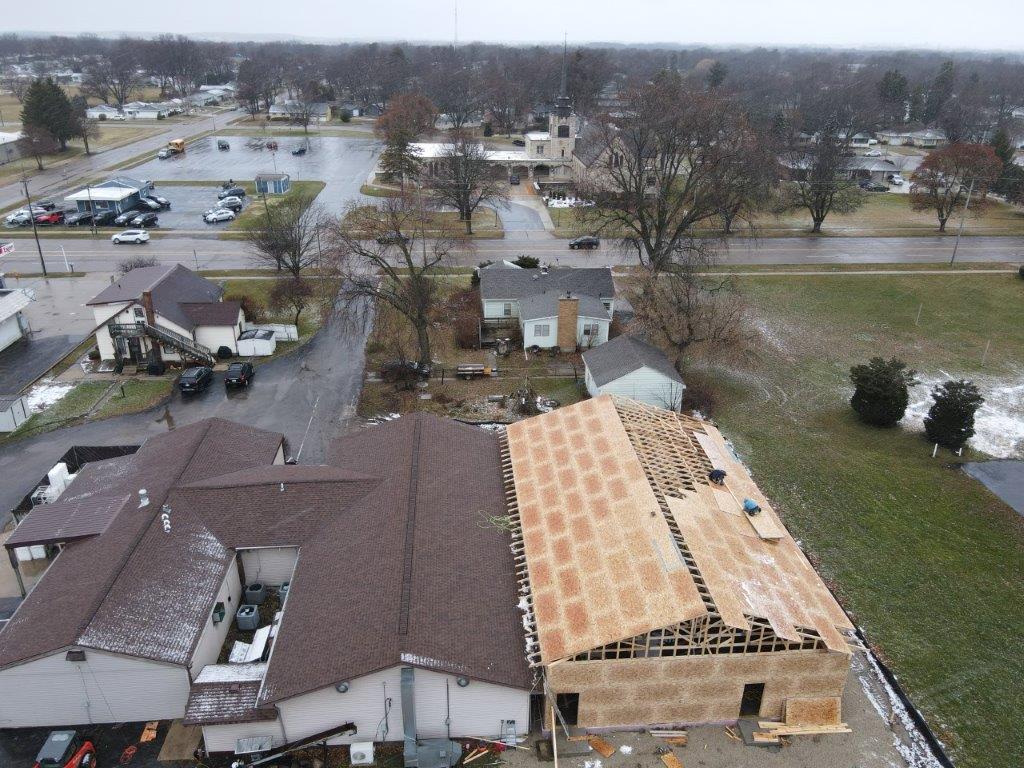
Hatchery News at MacFarlane Pheasants
Read Post
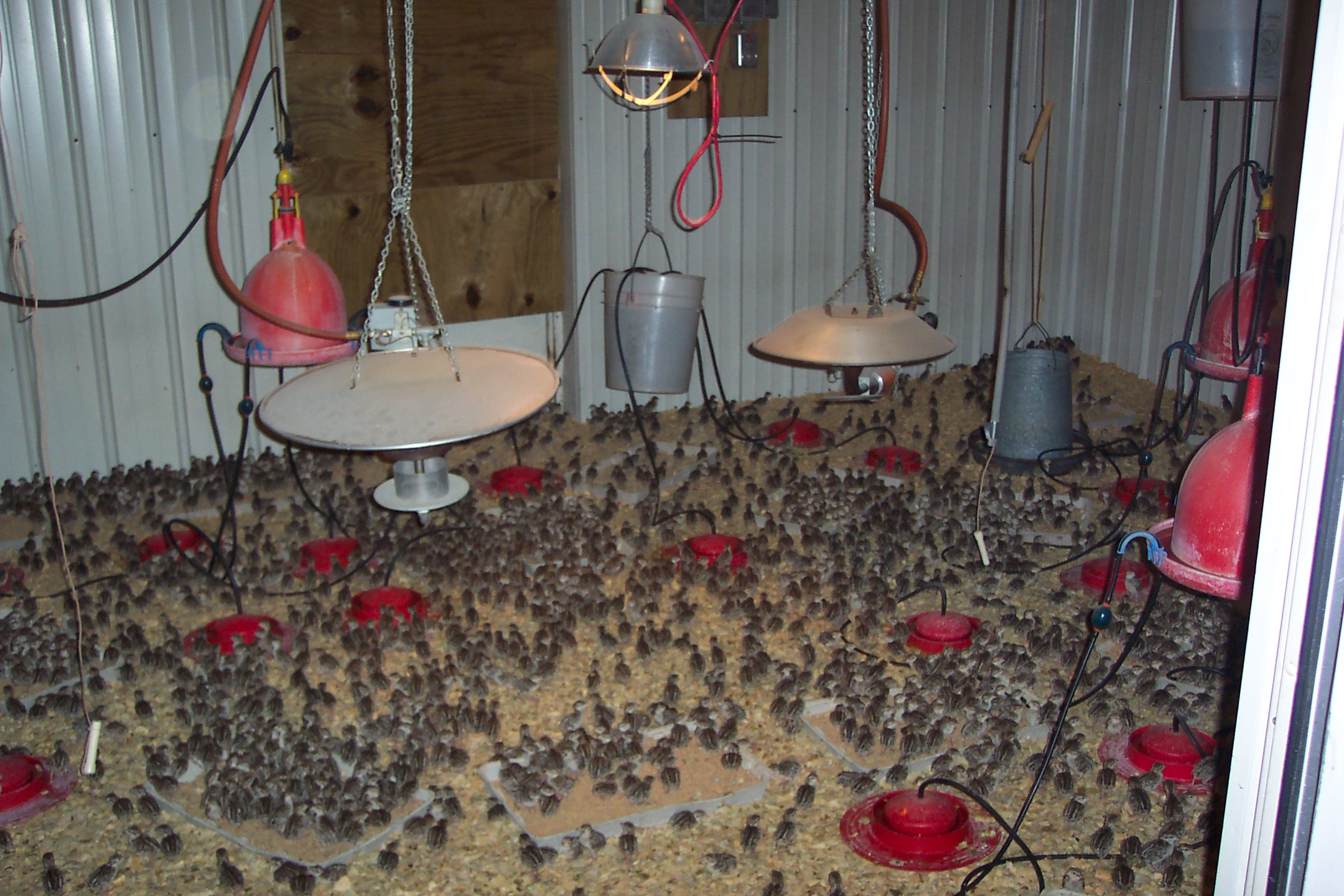
How We Prepare For Brooding Our Chicks
Read Post
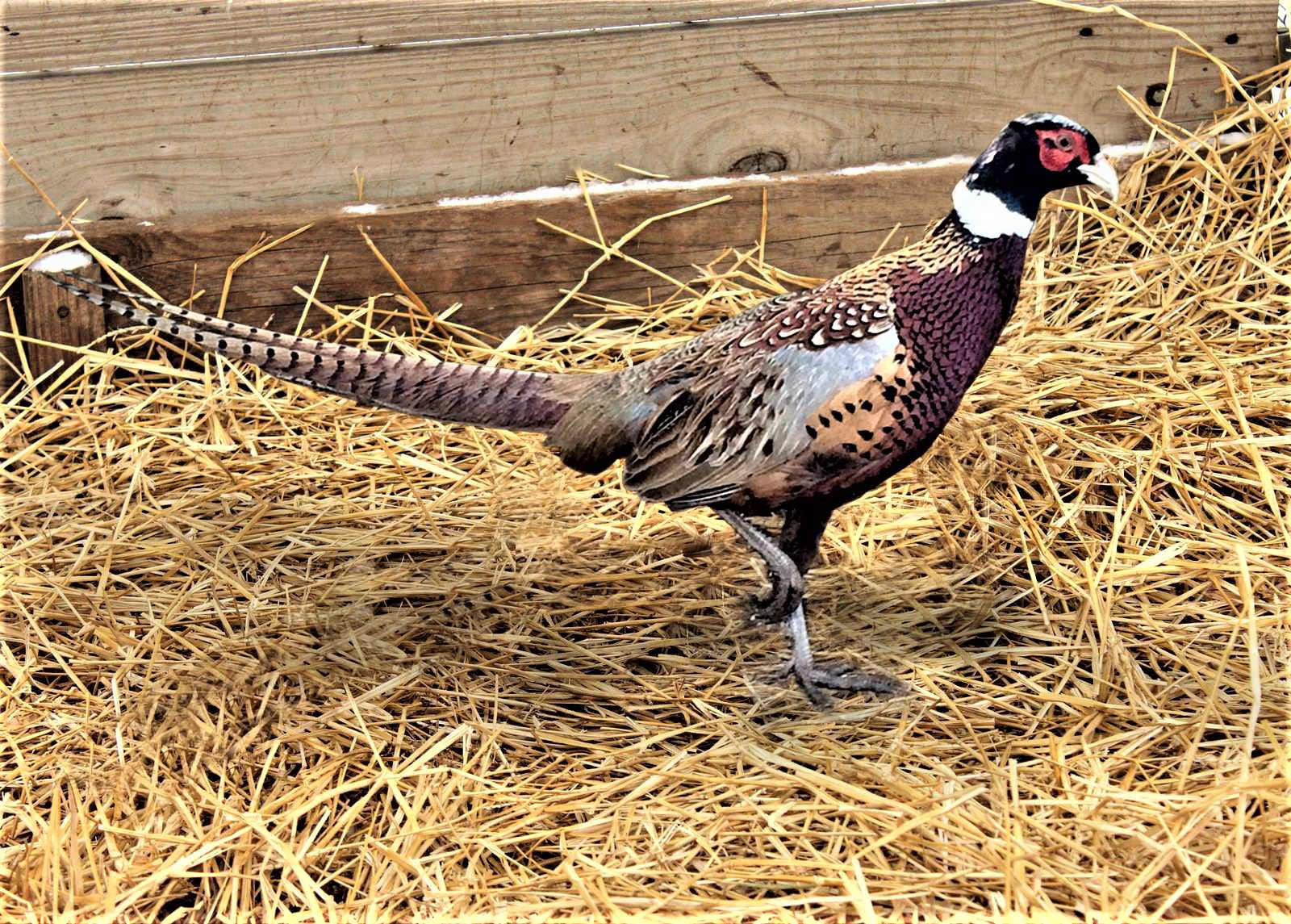
Our Milton Farm in 2024!
Read Post
Take Advantage of These Free Resources
As the biggest game bird farm in the United States, we want to share our experience with you. Download our free resources below and get started.


